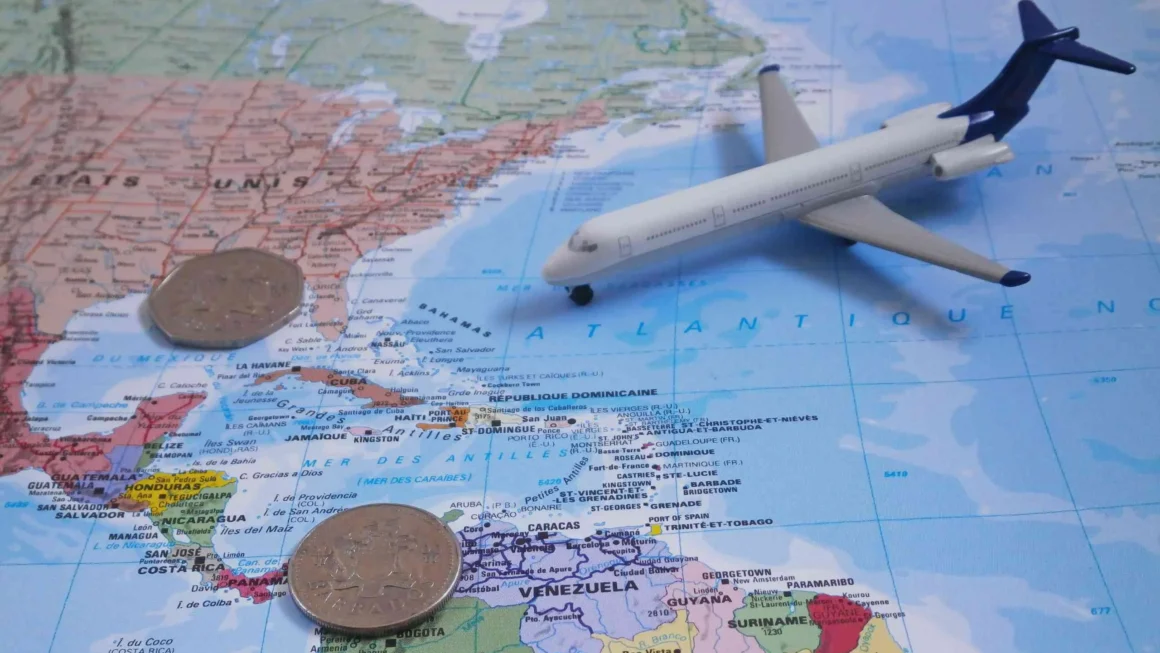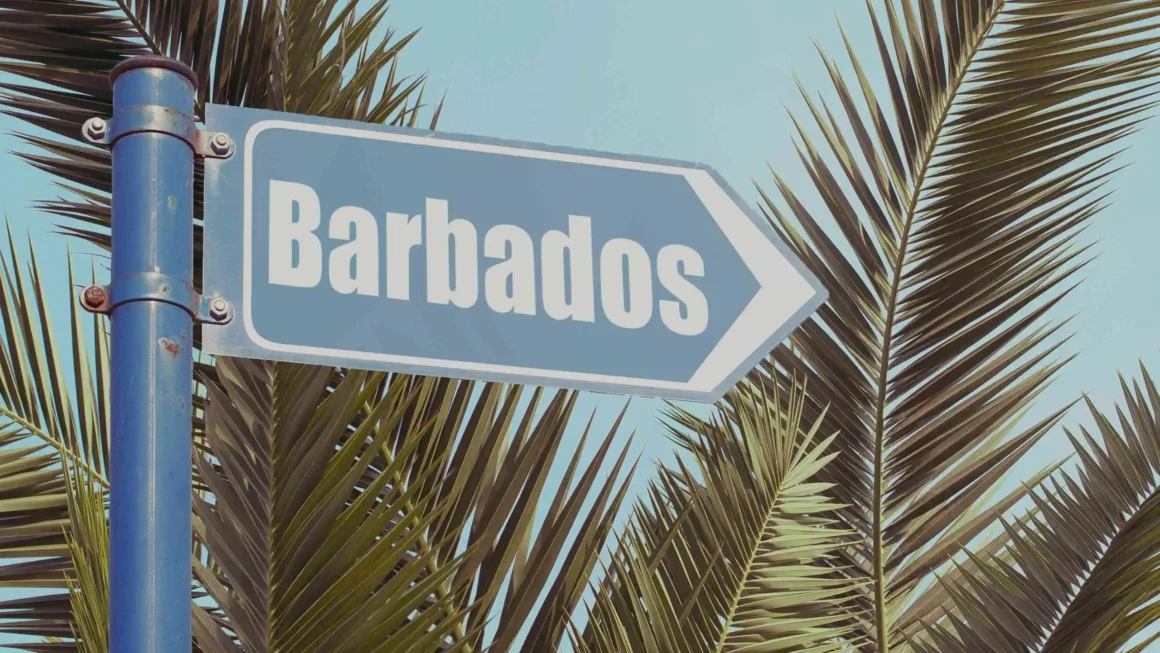Through their carefully curated collections and spectacular displays, museums and cultural institutions all across the world invite visitors to learn about other cultures and issues. It’s time to reconsider those who regard museum visits as uninteresting: From Senegal to Japan, galleries have mastered the skill of crafting compelling exhibits on art, history, and culture that can persuade even the most skeptics. Many of these museums are also recognized for their fantastic cafes and eateries.
Check out this thorough list of 12 of the world’s top museums and galleries, each featuring one-of-a-kind exhibits that educate and inspire visitors. These remarkable collections are well worth the (virtual) trip, whether you’re interested in uncovering ancient Egyptian treasures or learning about Van Gogh’s post-impressionist paintings.

Dakar, Senegal
Black Civilizations Museum
The Museum of Black Civilizations, which opened in 2018, serves as a creative hub for Senegal—and the entire African continent—to celebrate their culture while chronicling Africans’ struggles throughout history. The museum was the dream of the country’s first president, Léopold Sédar Senghor, who promised to construct a museum dedicated to African art and identity.
While Senghor died before the museum opened, his legacy lives on in the carefully collected paintings and eye-catching exhibitions that fill the halls. The unveiling of the cultural landmark sparked a dispute in the art world, with many researchers demanding for the return of thousands of objects taken from Africa during the colonial period to museums throughout Europe.

Washington, D.C. , U.S.A.
National Museum of African American History and Culture
This Smithsonian institution, which opened in 2016, is the only national museum dedicated to the recording of the African American experience. The museum’s concept was first presented more than a century ago, in 1915, by African-American Civil War soldiers. The original plan intended for a monument to be built in the nation’s capital in commemoration of Black soldiers and sailors, but disagreements over finance and site considerations kept pushing the project back.
It wasn’t until 2003 that the institution was founded by a law passed by Congress, and construction plans began. More than 40,000 objects pertaining to African American life, history, and culture are housed in the National Museum of African American History and Culture today.

Ottawa, Canada
Canada’s National Gallery
The initial exhibition of the National Gallery of Canada, which opened in 1880 at the historic Clarendon Hotel in Ottawa, was mostly comprised of 19th-century art. A 30-foot bronze spider known as the Maman greets visitors at the gallery’s new location, constructed by architect Moshe Safdie, 140 years later.
The national art museum today holds 75,000 works of art, including Canadian and Indigenous works as well as Benjamin West’s neoclassical painting The Death of General Wolfe.

Hague, Netherlands
Mauritshuis
Mauritshuis, also known as the Royal Picture Gallery of the Netherlands, features a unique collection of Golden Age paintings by a variety of Dutch and Flemish artists.
In 1816, King William I donated the collections of his father, stadtholder Prince William V, to the Dutch state, resulting in the establishment of The Hague’s first national gallery. The Girl with a Pearl Earring by Johannes Vermeer and The Goldfinch by Carel Fabritius are among the 841 works of art in the Mauritshuis.

Vienna: Austria
Kunsthistorisches Museum
Around 1891, Emperor Franz Joseph I of Austria-Hungary commissioned the Kunsthistorisches Museum to house the magnificent Hapsburg art collection, which is currently the museum’s primary collection.
The museum’s collection includes Raphael’s Madonna del Prato and Diego Velázquez’s well-known picture Infanta Margarita Teresa in a Blue Dress, which is housed within the palatial structure on Ringstraße.

San Francisco, California, U.S.A.
San Francisco Museum of Modern Art
Since 1935, the San Francisco Museum of Modern Art has been the first museum on the West Coast dedicated completely to 20th-century art, with over 33,000 items and a wall seeded with thousands of plants. SFMoMA is home to some of the most well-known works of modern art, including Henri Matisse’s Woman with a Hat and Marcel Duchamp’s controversial Fountain.

Paris, France
Musée D’Orsay
The Musée D’Orsay, which used to be a train station, now houses an internationally recognized collection of Impressionist and other Western art dating from 1848 to 1914. The original beautiful edifice was created in 1900 by architect Victor Laloux to welcome visitors to the World’s Fair. The Beaux-Arts station languished in a state of abandonment after its closure in 1939 until President Valery Giscard allowed restorations in the late 1970s.
The white limestone walls, which were first opened in 1986, currently house some of France’s most famous artworks, including sculptures by Auguste Rodin and paintings by Paul Gauguin.

Xi’an, China
The Museum of Qin Terracotta Warriors and Horses
The forces of Qin Shi Huang, China’s first Emperor, are depicted in the ancient Chinese funerary art of terra-cotta statues at this tomb and museum. Local farmers discovered the terra-cotta army, which dates from the late third century and is located just outside of Xi’an City, in 1974.
More than 8,000 warriors, 130 chariots with 520 horses, and 150 cavalry horses are thought to be buried in the mausoleum’s three pits. The Museum of Terracotta Acrobatics, the Museum of Terracotta Civil Officials, the Museum of Stone Armor, and the Museum of Bronze Chariot and Horse are all located on the same site.

London, U.K.
The National Gallery
The National Gallery, located on the north side of Trafalgar Square, displays the country’s collection of Western European paintings from the 13th to the 19th centuries.
Parliament decided that Trafalgar Square would be the ideal place for a free museum because of its central location, allowing people from all walks of life to freely view the paintings. The Arnolfini Portrait by Jan Van Eyck and The Great Bathers by Paul Cézanne are among the works in the permanent collection.

Stockholm, Sweden
The Vasa Museum
At the Vasa Museum, board this resurrected 17th-century Swedish ship for the ultimate voyage down Scandinavian memory lane. Around 1618, Gustav II Adolf supervised the construction of new Swedish navy ships, notably the Vasa, which was named after the Vasa Dynasty.
Until it sank in August of 1628, the ship was considered one of the most powerful vessels in the Baltic. The salvaged ship is now adorned with hundreds of wooden sculptures as part of the museum.

Amsterdam, Netherlands
The Van Gogh Museum
Vincent van Gogh, considered one of the most influential Dutch artists of all time, created almost 900 paintings and over 1,100 works on paper during his lifetime.
The Vincent van Gogh Museum’s two buildings were created by Gerrit Rietveld in 1973, with the majority of the collection coming from Vincent’s younger brother, Theo van Gogh. Along with his own work, such as Sunflowers, the museum also features work by those who were influenced by van Gogh.

Berlin, Germany
Pergamon Museum
The Pergamon, Germany’s most visited museum, features reproductions of large ancient monuments such as the Pergamon Altar, Market Gate of Miletus, Babylon’s Ishtar Gate, and the Mshatta Facade.
The discovery of the ancient city of Troy by archaeologist Heinrich Schliemann in the nineteenth century inspired German researchers to go to Babylon, Uruk, Ashur, and Egypt in pursuit of more worldly treasures. Museum Island became the repository for these ancient artifacts and later the seat of the Pergamon Museum.
The next time you are planning a trip and thinking of visiting museums as part of your travel itinerary, these are some great choices to consider. This list of museums are a small number of the vast options you can find, but there are some of the best!




